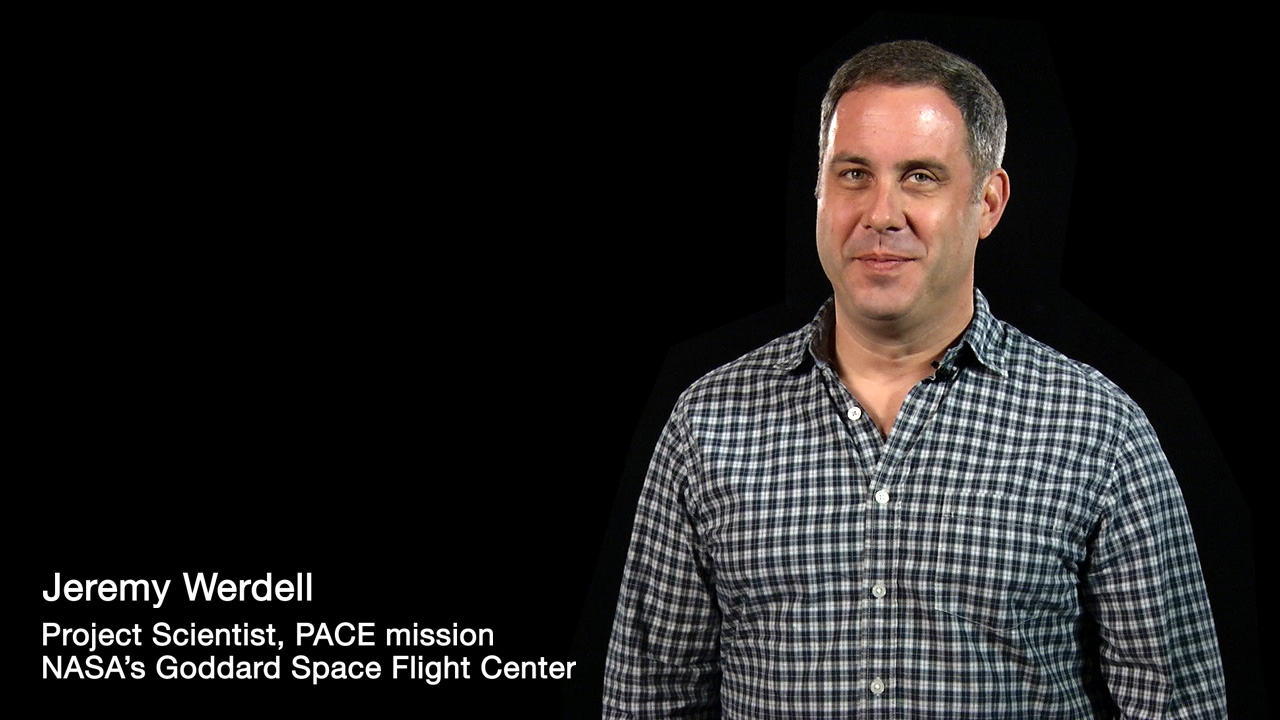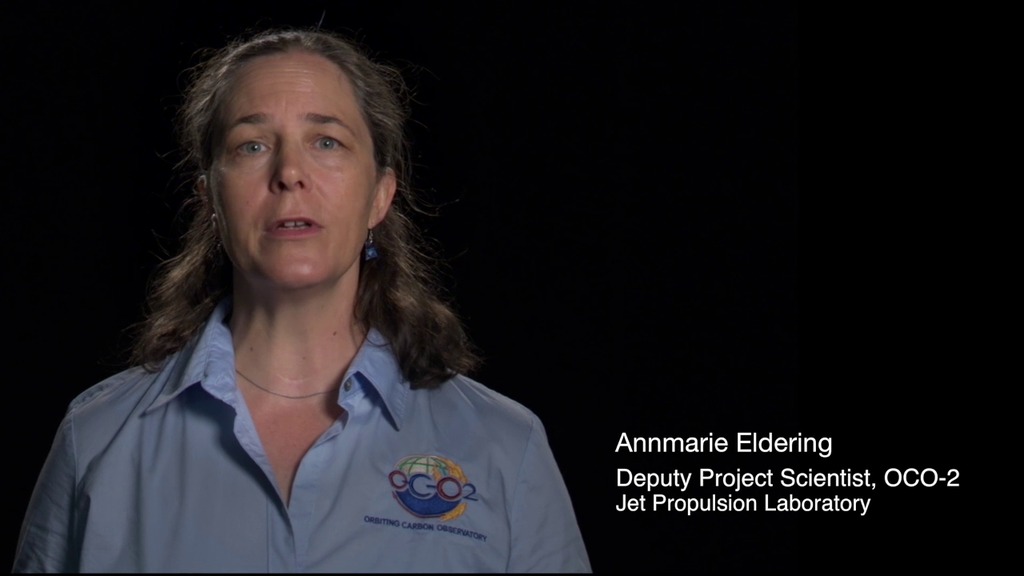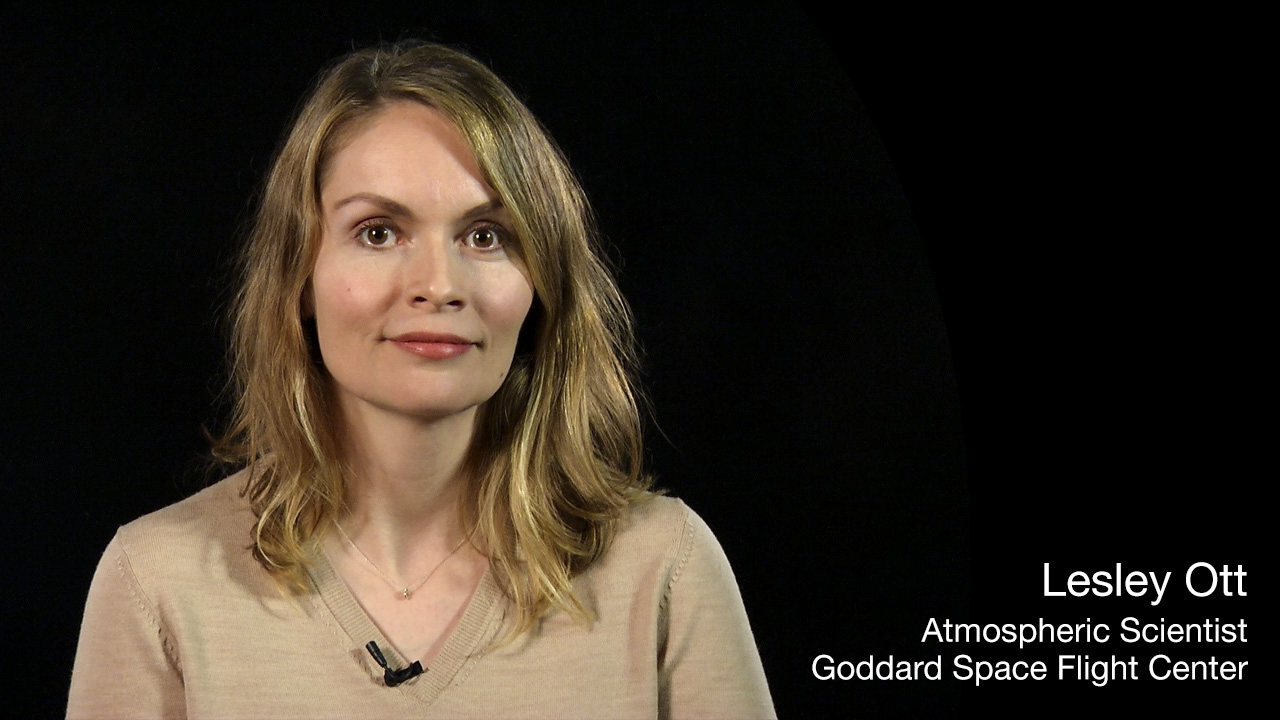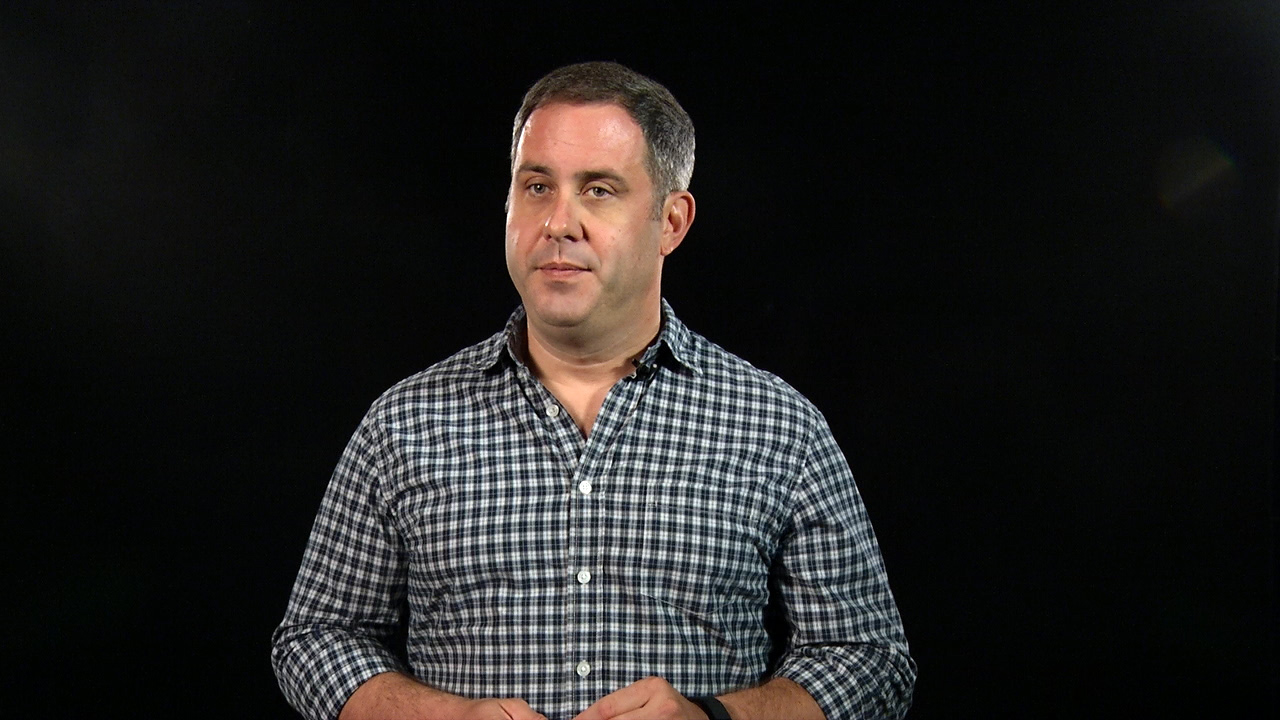George Hurtt: Carbon and Climate Soundbite
George Hurtt, professor at University of Maryland, gives information on NASA's Carbon Monitoring System in advance of the United Nations COP-21 climate meeting in Paris, 2015
For complete transcript, click here.
Music credit: Rippling Rays by Jon Wygens
Earth’s land and ocean currently absorb about half of all carbon dioxide emissions from the burning of fossil fuels, but it’s uncertain whether the planet can keep this up in the future. NASA’s Earth science program works to improve our understanding of how carbon absorption and emission processes work in nature and how they could change in a warming world with increasing levels of carbon dioxide and methane emissions from human activities. Later this month, the United Nations climate meeting in Paris (Conference of Parties, aka COP-21) will focus on setting limits on future levels of human-produced carbon emissions.
NASA hosted a media teleconference at noon EST on Thursday, Nov. 12, to discuss the latest insights into how Earth is responding to rising levels of heat-trapping gases in the atmosphere, and what this means for our future climate.
This video features George Hurtt, lead for NASA’s Carbon Monitoring System, and professor at University of Maryland, discussing the key points he delivered on the telecon.
For More Information
Credits
Please give credit for this item to:
NASA's Goddard Space Flight Center
-
Producer
- Matthew R. Radcliff (USRA)
-
Scientist
- George Hurtt (UMD)
-
Editor
- Sophia Roberts (USRA)
-
Writer
- Matthew R. Radcliff (USRA)
Series
This page can be found in the following series:Tapes
The media on this page originally appeared on the following tapes:-
Carbon & Climate Interviews
(ID: 2015088)
Thursday, November 12, 2015 at 5:00AM
Produced by - Walt Feimer (HTSI)
Release date
This page was originally published on Wednesday, November 18, 2015.
This page was last updated on Wednesday, May 3, 2023 at 1:49 PM EDT.



